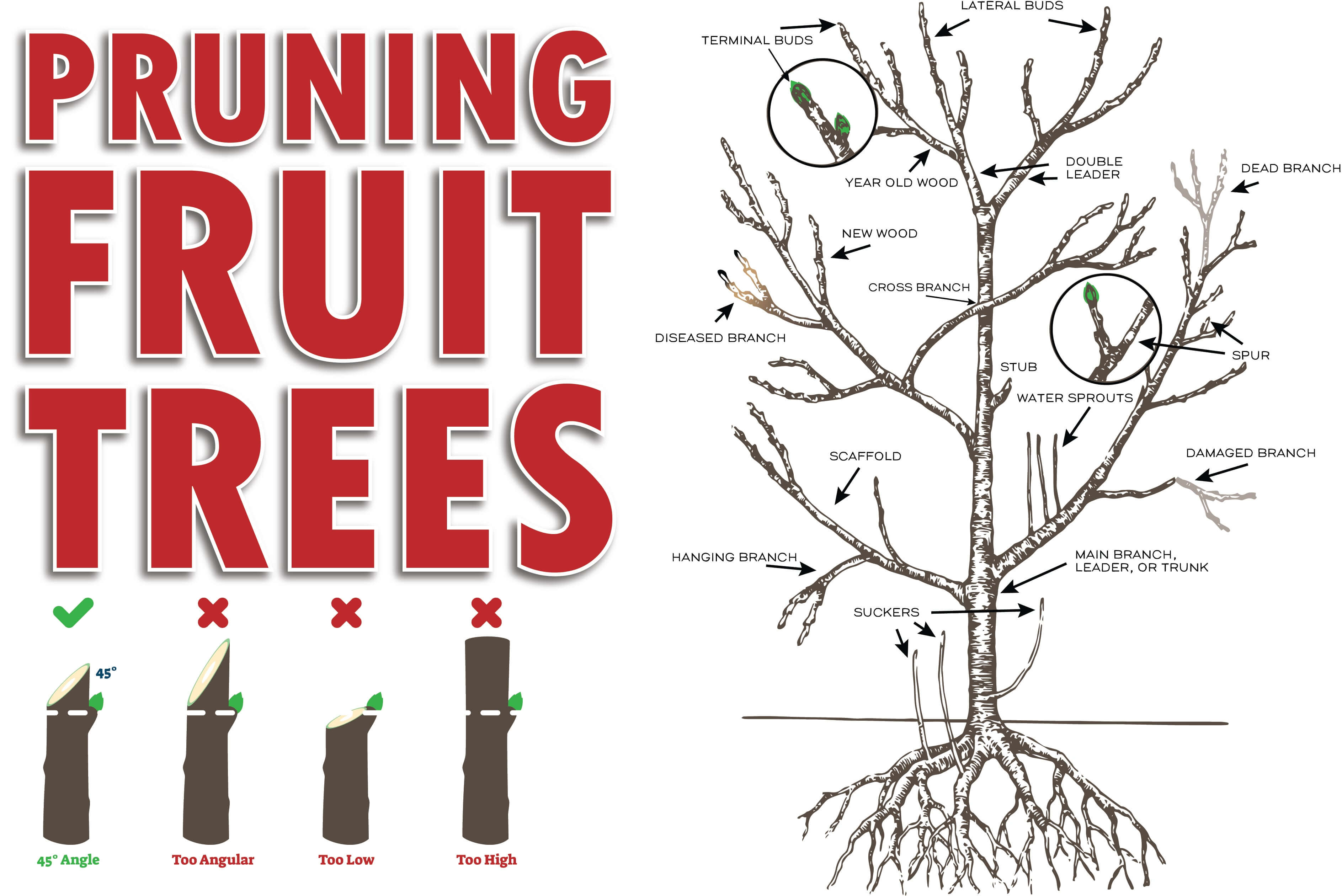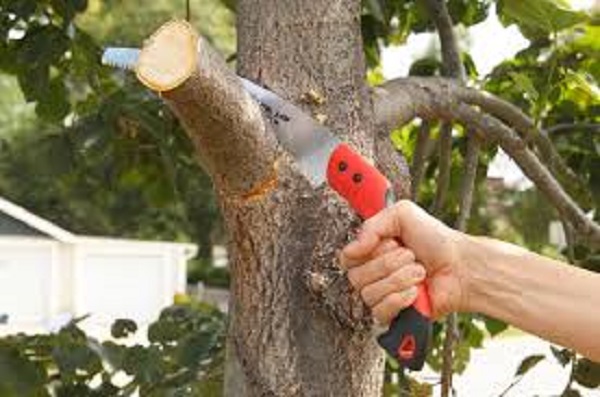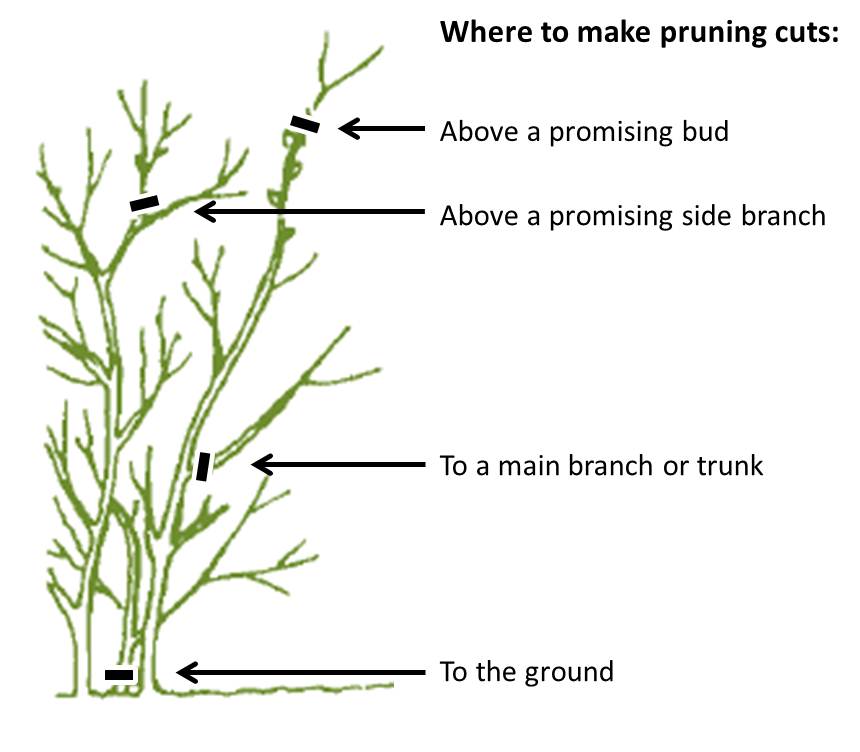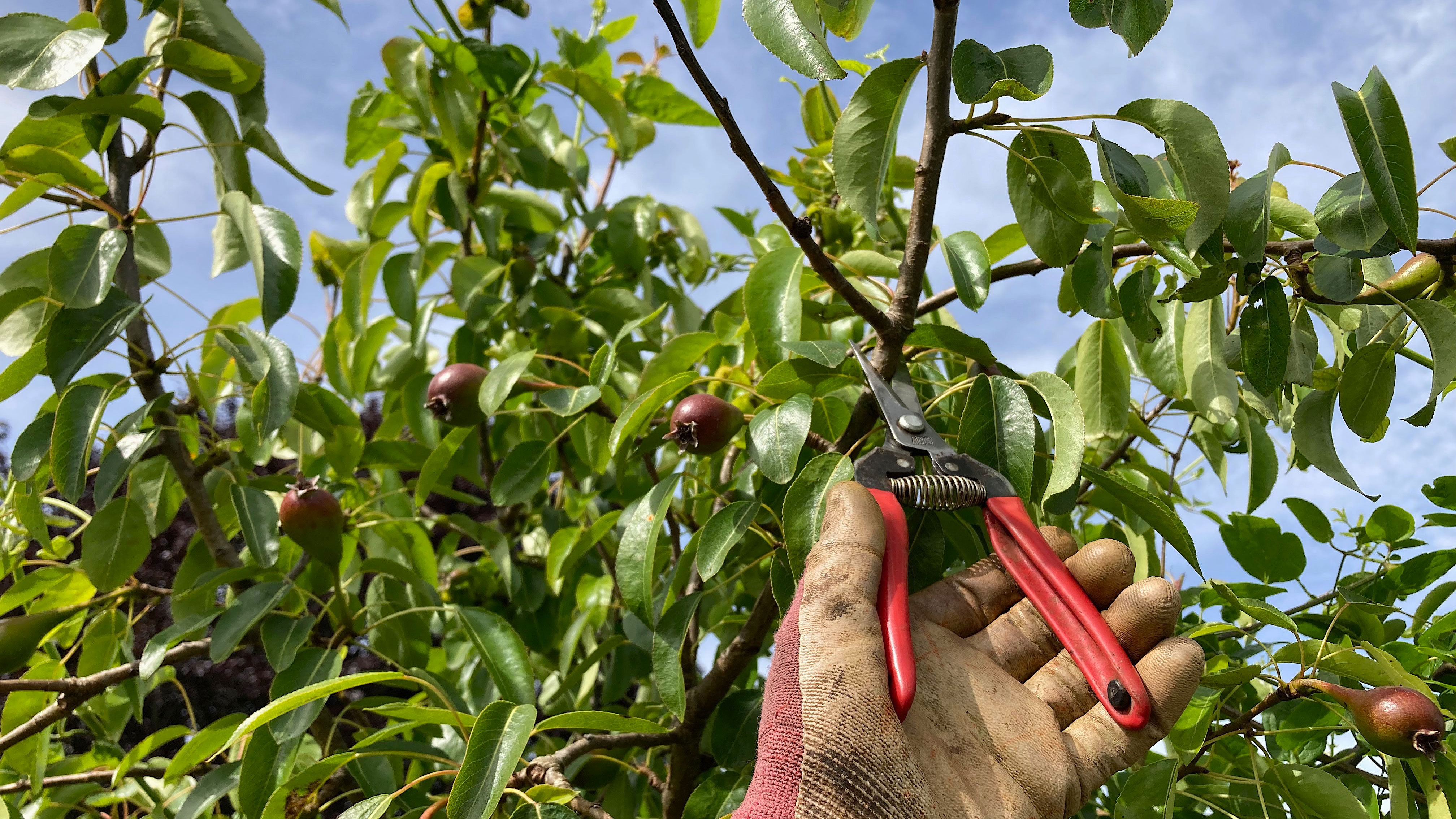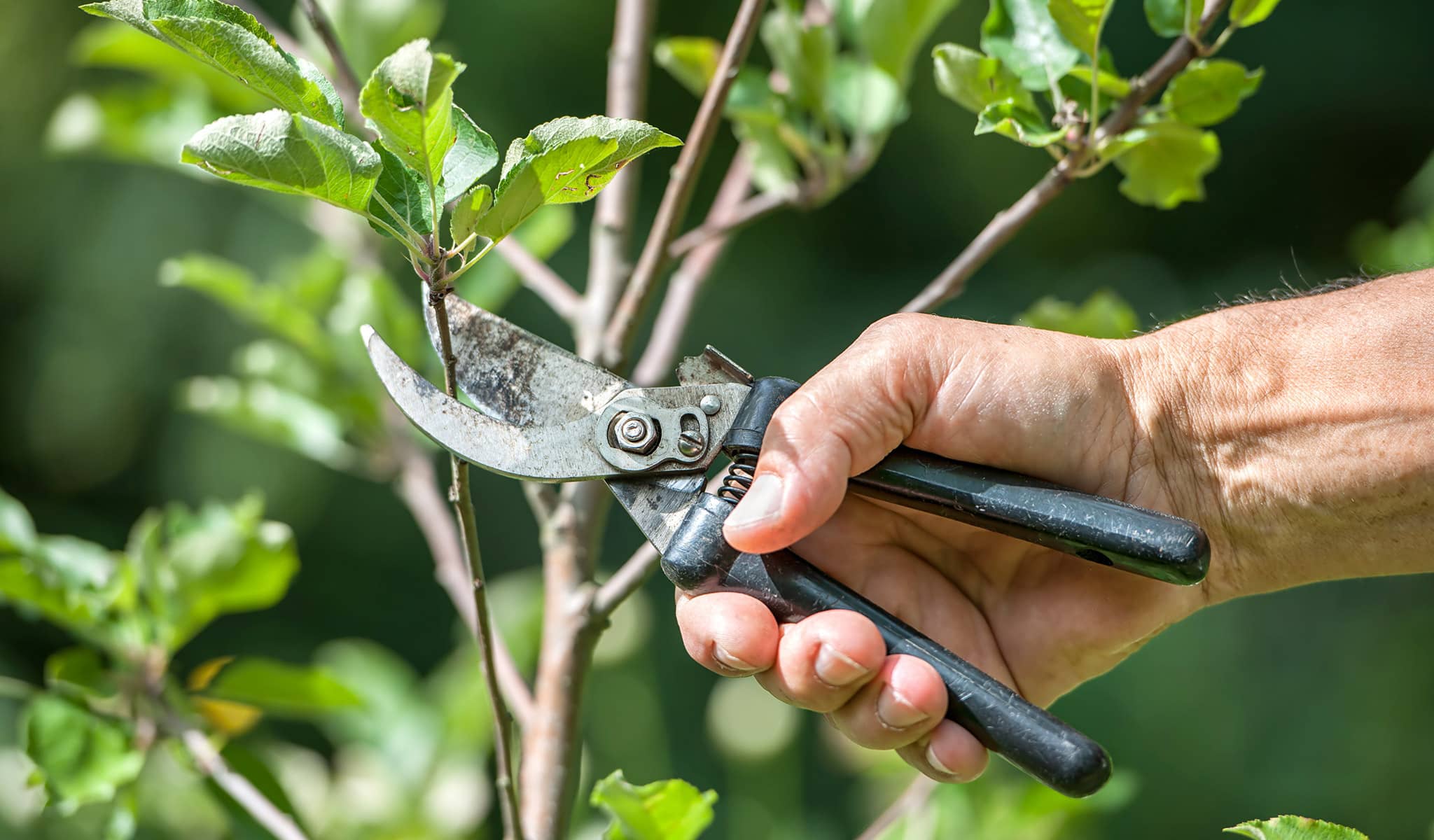The Benefits of Pruning: Why It’s Essential for Healthy Growth
Pruning is a crucial step in the development of young apple trees, playing a vital role in promoting healthy growth, increasing fruit production, and preventing disease. By pruning new apple trees, growers can establish a strong tree structure, encourage a balanced root system, and set the stage for a bountiful harvest. Proper pruning techniques can help to control the size and shape of the tree, allowing for better air circulation and sunlight penetration, which are essential for healthy growth and fruit production.
When learning how to prune new apple trees, it’s essential to understand the importance of pruning in the early stages of development. Pruning helps to remove any weak or damaged branches, reducing the risk of disease and pest infestations. By removing these branches, growers can promote healthy growth and encourage the tree to focus its energy on producing fruit. Additionally, pruning can help to improve the overall structure of the tree, making it more resistant to wind and weather damage.
One of the most significant benefits of pruning young apple trees is the promotion of healthy growth. By pruning the tree, growers can encourage the development of a strong and balanced root system, which is essential for supporting the tree’s growth and fruit production. A healthy root system also helps to improve the tree’s ability to absorb water and nutrients, leading to a more robust and resilient tree.
In addition to promoting healthy growth, pruning can also help to increase fruit production. By removing weak or spindly branches, growers can encourage the tree to focus its energy on producing fruit. Pruning can also help to improve the overall structure of the tree, allowing for better air circulation and sunlight penetration, which are essential for fruit production.
Overall, pruning is an essential step in the development of young apple trees. By understanding the benefits of pruning and learning how to prune new apple trees, growers can promote healthy growth, increase fruit production, and prevent disease. Whether you’re a seasoned grower or just starting out, pruning is a crucial technique to master for a successful and bountiful harvest.
Understanding the Basics of Pruning: Tools and Techniques
When it comes to pruning young apple trees, having the right tools and techniques is essential for making clean cuts and avoiding damage to the tree. The necessary tools for pruning include pruning shears, loppers, and saws. Pruning shears are ideal for cutting smaller branches, while loppers are better suited for thicker branches. Saws are typically used for removing larger branches or making more precise cuts.
There are several pruning techniques to master when learning how to prune new apple trees. Thinning involves removing select branches to allow for better air circulation and sunlight penetration. Reduction pruning involves cutting back branches to control the size and shape of the tree. Pinching involves removing the tips of branches to encourage branching and promote a fuller tree.
When making cuts, it’s essential to use the correct technique to avoid damaging the tree. Clean cuts should be made just above a growth node, at a 45-degree angle, and should not leave a stub. This helps to promote healthy healing and reduces the risk of disease. It’s also important to disinfect pruning tools between cuts to prevent the spread of disease.
In addition to mastering the necessary tools and techniques, it’s also important to understand the different types of pruning cuts. There are two main types of cuts: heading cuts and thinning cuts. Heading cuts involve cutting a branch back to a lateral bud or a lateral branch, while thinning cuts involve removing a branch entirely. Understanding the difference between these two types of cuts is essential for making informed pruning decisions.
When pruning young apple trees, it’s also important to consider the timing of pruning. Pruning during the dormant season can help to promote healthy growth and reduce the risk of disease. However, pruning during the growing season can help to control the size and shape of the tree. By understanding the different pruning techniques and tools, growers can make informed decisions about how to prune their young apple trees for optimal growth and fruit production.
When to Prune: Timing is Everything for Young Apple Trees
Pruning is a critical step in the development of young apple trees, and timing is everything. The best time to prune young apple trees depends on the season and the tree’s growth cycle. Pruning during the dormant season, typically from late winter to early spring, is ideal for promoting healthy growth and reducing the risk of disease.
During the dormant season, the tree is not actively growing, and pruning wounds heal quickly. This reduces the risk of disease and pest infestations, which can be more prevalent during the growing season. Additionally, pruning during the dormant season allows for better visibility of the tree’s structure, making it easier to identify and remove any weak or damaged branches.
Pruning during the growing season, typically from spring to summer, can also be beneficial for young apple trees. This type of pruning is often referred to as “summer pruning” and is used to control the size and shape of the tree. Summer pruning can help to promote fruiting and encourage a more balanced tree structure.
However, pruning during the growing season can also stimulate new growth, which can make the tree more susceptible to disease and pests. Therefore, it’s essential to prune carefully and only remove what is necessary to maintain the tree’s health and structure.
When learning how to prune new apple trees, it’s essential to understand the different pruning techniques and how they can be applied during different seasons. By pruning at the right time, growers can promote healthy growth, reduce the risk of disease, and encourage a bountiful harvest.
In addition to timing, it’s also important to consider the tree’s age and growth stage when pruning. Young apple trees, typically those in their first few years of growth, require more frequent pruning to establish a strong structure and promote healthy growth. As the tree matures, pruning can become less frequent, but it’s still essential to maintain the tree’s health and structure.
Identifying the Leader: Selecting the Central Stem of Your Apple Tree
When learning how to prune new apple trees, one of the most important steps is identifying the leader, or central stem, of the tree. The leader is the main stem that grows from the base of the tree and provides the framework for the tree’s structure. Selecting the right leader is crucial for promoting healthy growth and encouraging a balanced tree structure.
To identify the leader, look for the strongest and most vigorous stem growing from the base of the tree. This stem should be straight and well-positioned to provide a strong framework for the tree. If there are multiple stems competing for dominance, select the one that is most vigorous and well-positioned.
Once the leader has been identified, remove any competing stems to prevent them from competing with the leader for water and nutrients. This will help to promote healthy growth and encourage the leader to become the dominant stem. It’s also important to remove any weak or damaged branches that may be growing from the leader, as these can provide an entry point for disease and pests.
When selecting the leader, it’s also important to consider the tree’s overall structure and growth pattern. Look for a leader that is well-positioned to provide a balanced structure and promote healthy growth. Avoid selecting a leader that is weak or damaged, as this can lead to problems with the tree’s structure and growth.
In addition to selecting the leader, it’s also important to consider the tree’s branching pattern. Apple trees typically have a central leader with a series of lateral branches that grow from the leader. These lateral branches should be well-spaced and evenly distributed to provide a balanced structure and promote healthy growth.
By identifying the leader and selecting the right branching pattern, growers can promote healthy growth and encourage a balanced tree structure. This is an essential step in learning how to prune new apple trees and is critical for promoting healthy growth and encouraging a bountiful harvest.
Pruning for Shape and Structure: Creating a Strong Framework
When learning how to prune new apple trees, one of the most important steps is creating a strong and balanced framework. This involves pruning the tree to remove any weak or crossing branches and to thin out the center of the tree to allow for good air circulation. By creating a strong framework, growers can promote healthy growth and encourage a bountiful harvest.
To prune for shape and structure, start by removing any weak or damaged branches. These branches can provide an entry point for disease and pests, and can also compete with the rest of the tree for water and nutrients. Next, look for any crossing branches and remove them to prevent damage to the tree and to promote good air circulation.
Thinning out the center of the tree is also important for creating a strong framework. This involves removing select branches to allow for good air circulation and sunlight penetration. By thinning out the center of the tree, growers can promote healthy growth and encourage a bountiful harvest.
When pruning for shape and structure, it’s also important to consider the tree’s overall structure and growth pattern. Look for a balanced structure with a strong central leader and well-spaced lateral branches. Avoid pruning too much of the tree at once, as this can stress the tree and lead to disease and pest problems.
In addition to pruning for shape and structure, it’s also important to consider the tree’s fruiting habits. Apple trees typically produce fruit on the lateral branches, so it’s essential to prune these branches to promote fruiting. By pruning the lateral branches, growers can encourage the tree to produce more fruit and promote a bountiful harvest.
By creating a strong framework and pruning for shape and structure, growers can promote healthy growth and encourage a bountiful harvest. This is an essential step in learning how to prune new apple trees and is critical for promoting healthy growth and encouraging a bountiful harvest.
Pruning for Fruit Production: Encouraging a Bountiful Harvest
When learning how to prune new apple trees, one of the most important steps is pruning for fruit production. This involves removing any weak or spindly branches and thinning out the fruiting branches to allow for good air circulation and sunlight penetration. By pruning for fruit production, growers can encourage a bountiful harvest and promote healthy growth.
To prune for fruit production, start by removing any weak or damaged branches. These branches can provide an entry point for disease and pests, and can also compete with the rest of the tree for water and nutrients. Next, look for any spindly branches and remove them to promote a more balanced structure and encourage fruiting.
Thinning out the fruiting branches is also important for promoting fruit production. This involves removing select branches to allow for good air circulation and sunlight penetration. By thinning out the fruiting branches, growers can encourage the tree to produce more fruit and promote a bountiful harvest.
When pruning for fruit production, it’s also important to consider the tree’s overall structure and growth pattern. Look for a balanced structure with a strong central leader and well-spaced lateral branches. Avoid pruning too much of the tree at once, as this can stress the tree and lead to disease and pest problems.
In addition to pruning for fruit production, it’s also important to consider the tree’s fruiting habits. Apple trees typically produce fruit on the lateral branches, so it’s essential to prune these branches to promote fruiting. By pruning the lateral branches, growers can encourage the tree to produce more fruit and promote a bountiful harvest.
By pruning for fruit production, growers can encourage a bountiful harvest and promote healthy growth. This is an essential step in learning how to prune new apple trees and is critical for promoting healthy growth and encouraging a bountiful harvest.
Common Mistakes to Avoid: Pruning Pitfalls to Watch Out For
When learning how to prune new apple trees, it’s essential to avoid common mistakes that can damage the tree or reduce its productivity. Over-pruning, under-pruning, and pruning at the wrong time are all common mistakes that can have negative consequences for the tree.
Over-pruning is one of the most common mistakes made when pruning young apple trees. This involves removing too much of the tree’s foliage, which can stress the tree and make it more susceptible to disease and pests. To avoid over-pruning, it’s essential to prune only what is necessary to maintain the tree’s shape and promote healthy growth.
Under-pruning is another common mistake that can have negative consequences for the tree. This involves not pruning enough, which can lead to a weak and unproductive tree. To avoid under-pruning, it’s essential to prune regularly and remove any weak or damaged branches.
Pruning at the wrong time is also a common mistake that can damage the tree. Pruning during the growing season can stress the tree and make it more susceptible to disease and pests. To avoid pruning at the wrong time, it’s essential to prune during the dormant season, when the tree is not actively growing.
In addition to avoiding these common mistakes, it’s also essential to prune correctly. This involves making clean cuts and avoiding damage to the tree. To make clean cuts, use sharp pruning tools and cut just above a growth node. This will help the tree to heal quickly and reduce the risk of disease and pests.
By avoiding common mistakes and pruning correctly, growers can promote healthy growth and encourage a bountiful harvest. This is an essential step in learning how to prune new apple trees and is critical for promoting healthy growth and encouraging a bountiful harvest.
Pruning for Pest and Disease Management: Preventing Problems Before They Start
Pruning is an essential tool for preventing pest and disease problems in young apple trees. By removing infected or infested branches, growers can prevent the spread of disease and reduce the risk of pest infestations. Pruning can also help to promote good air circulation and reduce the risk of disease by allowing sunlight to penetrate the tree.
When pruning for pest and disease management, it’s essential to remove any infected or infested branches. This includes branches that are showing signs of disease, such as black spots, powdery mildew, or scab. It’s also important to remove any branches that are infested with pests, such as aphids, codling moths, or spider mites.
In addition to removing infected or infested branches, pruning can also help to promote good air circulation and reduce the risk of disease. By thinning out the center of the tree and removing any weak or crossing branches, growers can allow sunlight to penetrate the tree and promote healthy growth.
Pruning can also help to prevent pest problems by removing branches that are attractive to pests. For example, pruning branches that are infested with aphids or codling moths can help to prevent the spread of these pests to other parts of the tree.
By pruning regularly and removing any infected or infested branches, growers can prevent pest and disease problems in young apple trees. This is an essential step in learning how to prune new apple trees and is critical for promoting healthy growth and encouraging a bountiful harvest.
In conclusion, pruning is a critical tool for preventing pest and disease problems in young apple trees. By removing infected or infested branches and promoting good air circulation, growers can reduce the risk of disease and pest infestations and promote healthy growth.


